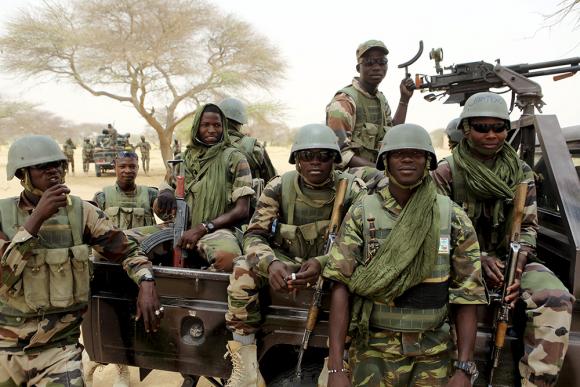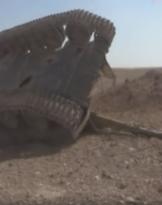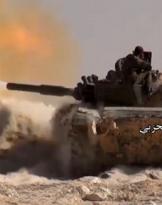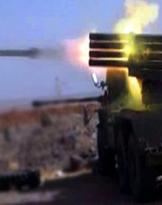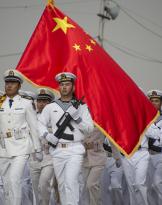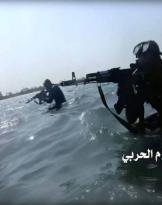The introduction of military spending by Algeria suffices as an introduction: in the 2011 the Arab country has invested 6,5 billion to relaunch its defense apparatus, becoming the first ever on the African continent.
The military potential of Algiers is impressive. The contracts concluded in Germany and Russia speak for themselves: with Berlin there are agreements for 10 billion euros in ten years for the supply of vehicles, armored vehicles and frigates. With Moscow the supplies are expanding: we talk about 2 submarines, about 60 helicopters (combat and transport), 500 tanks T-90 and about ninety of Sukhoi 32 and Sukhoi 35. To this should be added the next delivery of S-400 anti-aircraft batteries.
The numbers (provided by SIPRI) speak alone: Morocco is settled in second place with 4 billion, also allocated thanks to the naval cooperation with NATO which has made new investments necessary for the Marine Royale (half a billion euros to Holland for 3 frigates).
South Africa also stands out with its 3,7 billion budget and Angola that between 2001 and 2011 has dedicated 2,8 billion to its armed forces, with 2000% growth.
Considering the almost 4 billion spent by Egypt, universally considered the first African military power, and Sudan with its 2 billions of euros, at first glance it is the Arab-Mediterranean Africa that stands out.
The historical frictions between Morocco and Algeria and the anxieties about internal stability, the fruit of the Arab springs, would be the driving force of a constantly relaunching arms race. 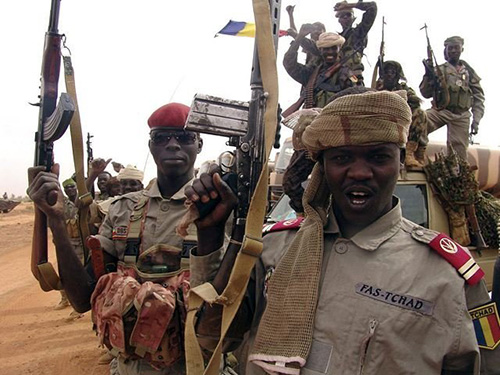
In reality, the most significant geopolitical figure comes from the countries of sub-Saharan Africa, where budgets are considerably lower but the risks of war are higher. Except for the aforementioned South Africa, only Nigeria with its annual 1,6 billions competes internationally. Kenya, Ethiopia and Chad follow with investments between 700 and 500 million per year. If the costs for high-tech ships, wagons and airplanes weigh down the budgets of the Maghreb countries, the amount of light weapons circulating from the Sahel down is impressive.
In the Democratic Republic of the Congo, where the civil war has never ended, despite the embargo of the 2011, the circulation of small arms is practically out of control. To fuel it there would be the arsenals supplied by Belgium, the country's "big brother". Both regular and rebel groups in the eastern regions would have direct and indirect access.
Without hypocritical moralizing, everyone knows that Africa is an attractive market for large, medium and small suppliers. Alberto Sordi reminded us of it in As long as there is war there is hope. Russia, the United States, France, China, Germany, but also Italy, Ukraine, Israel and the Czech Republic are doing gold business on the continent. This is not a novelty but a growing trend since the 60 years, a decade of formal emancipation for most African countries.
A reflection, however, would be necessary in the light of the geopolitical framework, deeply evolved in the last twenty years. There are three factors to keep in mind that make the current state of affairs nothing short of worrying:
- the Islamist penetration in the sub-Saharan belt, from the Atlantic to the Horn of Africa is an indisputable fact. Many countries until recently immune from political tensions fueled by "religious questions" are now in full disarray. The weapons that circulate on the continent, once useful to feed wars and guerrillas in the logic of the Cold War, where do they end today? To the risk connected to the arms race, there is the question of the reliability of the interlocutors. Yesterday we underestimated the Islamic outbreak in the Senegal-Somalia strip, turning the Sahara into one of the least safe places on the planet; what will happen tomorrow?
- the well-stocked arsenals of the dissolved Jamahiriya of Gaddafi flooded Africa with a frightening amount of weapon systems. The crises in Mali, Chad, the Central African Republic, Niger and the Ivory Coast are closely linked to this influx;
- wanted stable African institutions. Half a century after the start of the independence process of the majority of African states, it is still difficult to find examples of consolidated democracies and organic systems capable of projecting beyond the unlimited durations of presidential mandates.
So is the future all black?
The assumptions are there and one wonders if the weapons are compatible with economic, institutional and social stability or if they are somehow the main obstacle.
Difficult to say. Africa needs everything but gasoline on the fire, that's true; however, there are cases, such as Namibia, where the defense budget has increased by 70% in five years, without compromising one of the rare examples of political solidity and balance on the continent.
There is still a long way to go. What appears urgent is that, net of external inputs, Africa begins to guarantee itself a real path of emancipation.
(photo: Nigerian Army- Armée de terre du Tchad)

